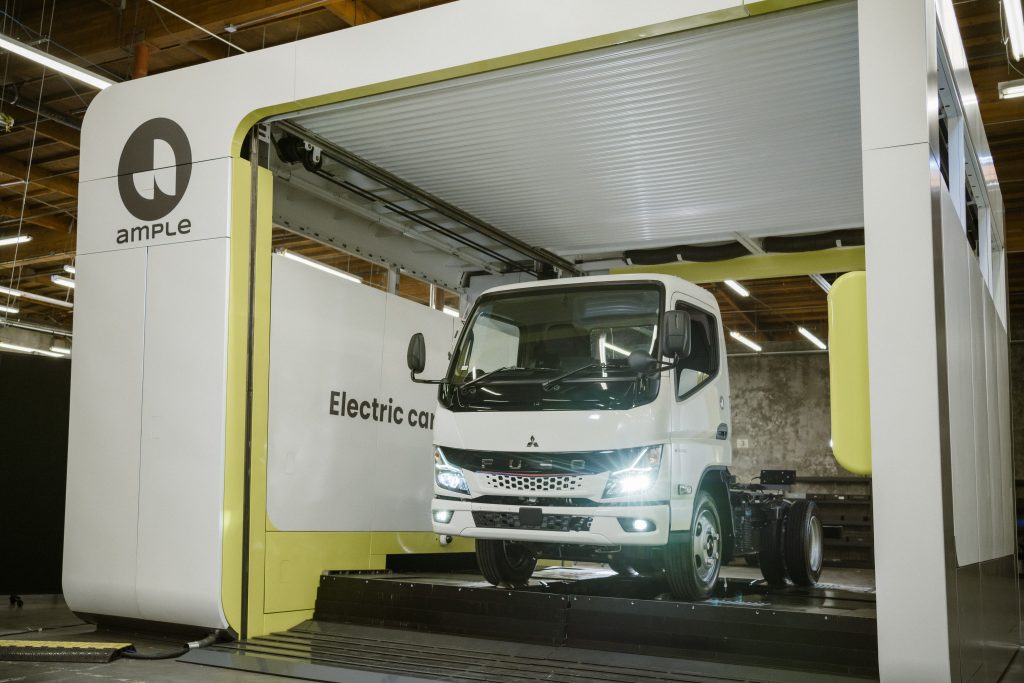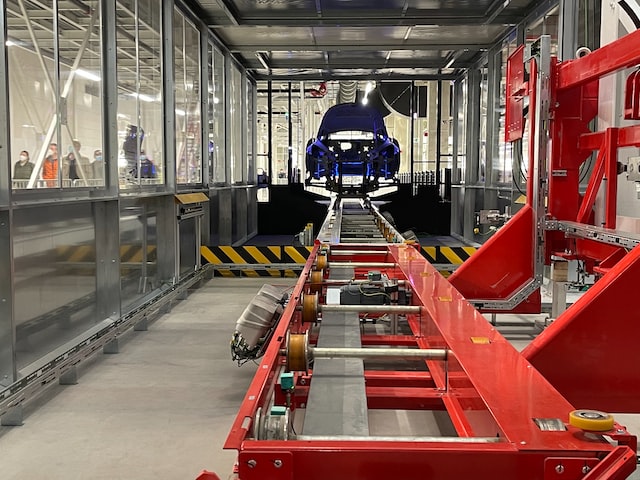IndustryTap has reported on hydrokinetic and marine energy technologies such as Verdant Energy’s East River project in New York City, tidal & wave energy projects that have the potential to produce more power than wind turbines, floating water energy converters (WECs), and more. All of these projects have advanced mechanical and marine electronics in common.
Hydrokinetic Energy & the Global Energy Mix
The projected global energy mix in 2030 for geothermal, wave and/or tidal power is just 1.5%, a seemingly inconsequential number, but a significant resource nonetheless. As the technology develops, it’s likely its adoption will expand dramatically.
Researchers and engineers are quickly developing a broad spectrum of knowledge regarding the specificities and constraints of ocean and freshwater environments, and learning how the hydrodynamics of water energy systems can be more efficient and profitable.
Maximizing the potential of marine and freshwater energy includes the deployment of offshore wind farms, large tidal power plants, tidal stream turbines such as the East River project in New York City, wave energy converters, and ocean water thermal energy plants.
The Solutions Project presents a roadmap for how the US can achieve 100% renewable energy by 2050, partially through the use of marine and freshwater energy technology. The rest of the world has similar long-term plans.
Studying the Environmental Interactions of Marine Energy Systems
One key is studying how the environment is affected by both ocean and freshwater hydrokinetic projects. The following Youtube Playlist shows five videos explaining the technology and potential of marine and freshwater hydrokinetic energy systems.






